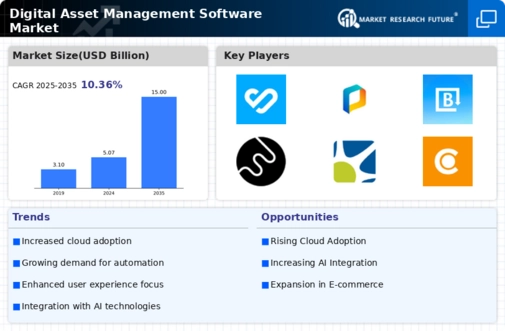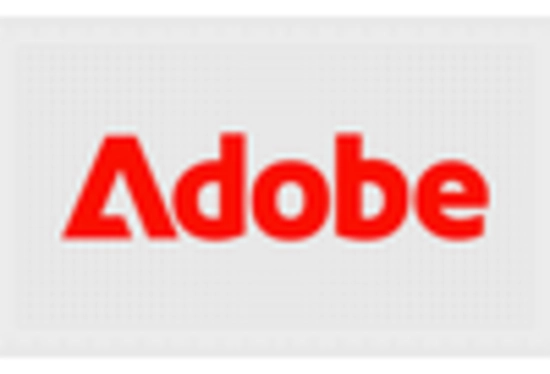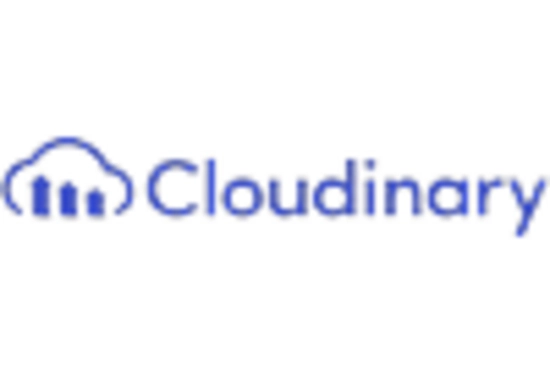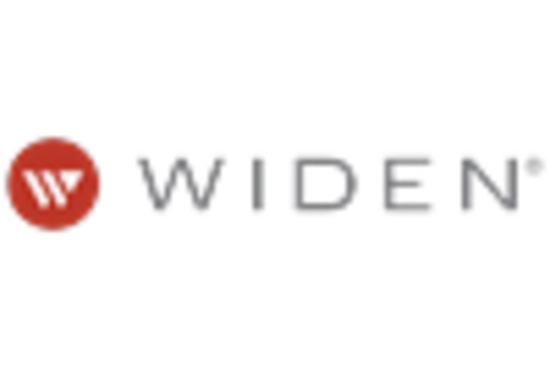Market Analysis
In-depth Analysis of Digital Asset Management Software Market Industry Landscape
The market dynamics of the digital asset management (DAM) software industry are characterized by a mix of technological advancements, changing consumer demands, and evolving business needs. As organizations continue to recognize the importance of efficiently managing their digital assets, the demand for DAM software solutions has seen steady growth. One of the key drivers propelling this market is the exponential growth of digital content across various industries. With the proliferation of digital media such as images, videos, documents, and other multimedia files, businesses are seeking robust DAM platforms to organize, store, and retrieve these assets effectively.
Moreover, the increasing adoption of cloud-based DAM solutions has significantly influenced market dynamics. Cloud-based DAM offers scalability, flexibility, and accessibility, allowing businesses to streamline their workflows and collaborate seamlessly across geographies. This shift towards cloud-based solutions is driven by the need for remote work capabilities, especially in light of global events such as the COVID-19 pandemic, which accelerated the adoption of remote work practices.
Another factor shaping the market dynamics is the integration of artificial intelligence (AI) and machine learning (ML) capabilities into DAM software. These technologies enable advanced metadata tagging, content recognition, and automated workflows, enhancing the efficiency and accuracy of asset management processes. By harnessing AI and ML algorithms, organizations can automate repetitive tasks, reduce manual errors, and derive valuable insights from their digital assets, thereby driving productivity and innovation.
Furthermore, the competitive landscape of the DAM software market is characterized by the presence of both established players and emerging startups. Established vendors offer comprehensive DAM solutions with a wide range of features and functionalities, catering to the diverse needs of large enterprises. On the other hand, startups and niche vendors focus on innovation and specialization, targeting specific industry verticals or addressing unique use cases within the DAM ecosystem.
Market consolidation through mergers and acquisitions is also a significant trend shaping the dynamics of the DAM software market. Larger software companies acquire smaller vendors to expand their product portfolios, gain market share, and strengthen their competitive position. These acquisitions often result in the integration of complementary technologies and the development of more comprehensive DAM solutions, offering enhanced value propositions to customers.
Moreover, regulatory compliance requirements and data privacy concerns play a crucial role in shaping market dynamics. As organizations deal with sensitive and proprietary digital assets, they must ensure compliance with regulations such as GDPR, CCPA, and HIPAA. Consequently, DAM vendors are investing in security features, encryption protocols, and access controls to safeguard sensitive data and protect against potential breaches, thereby influencing purchasing decisions and market trends.
Additionally, evolving customer expectations and preferences are driving vendors to innovate and differentiate their offerings. Customers are increasingly demanding user-friendly interfaces, intuitive workflows, and personalized experiences from DAM software providers. In response, vendors are investing in user experience (UX) design, customer support services, and customization capabilities to deliver solutions that align with the unique requirements of their clients.








Leave a Comment